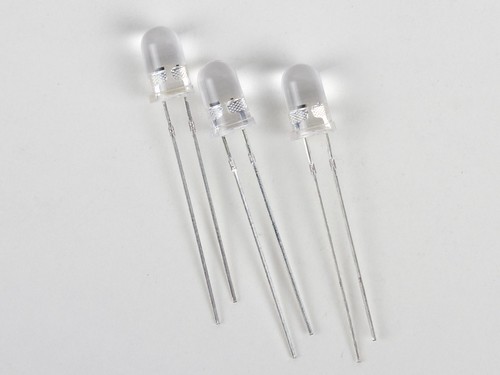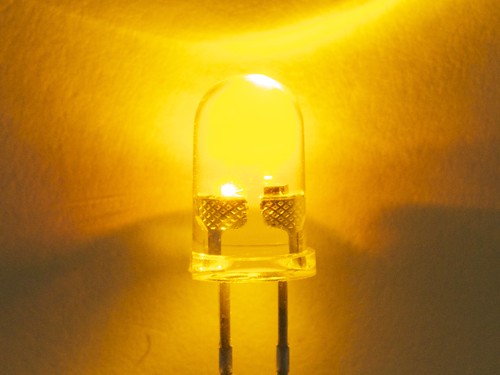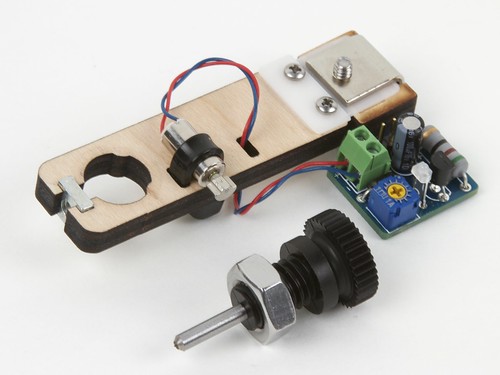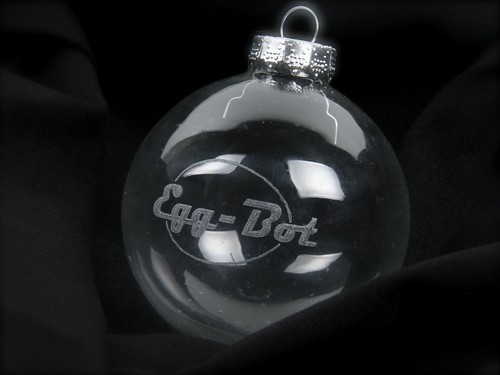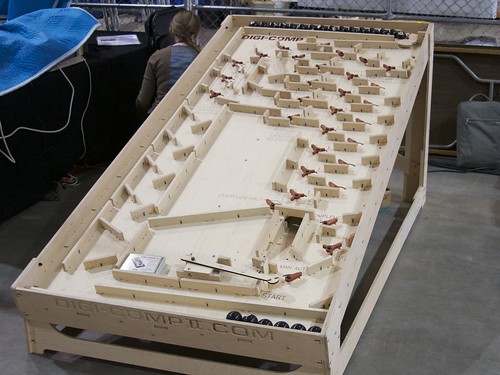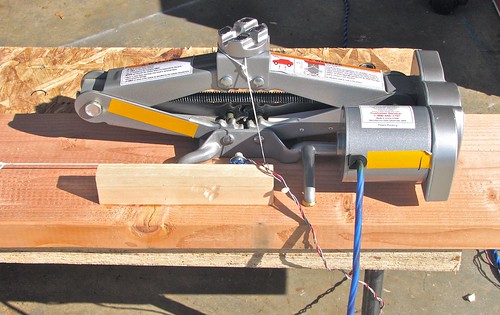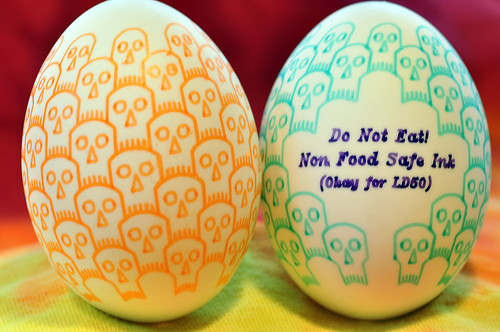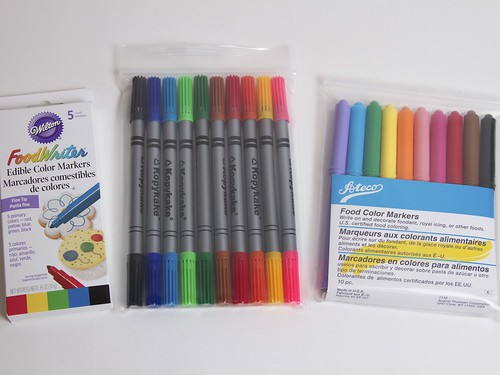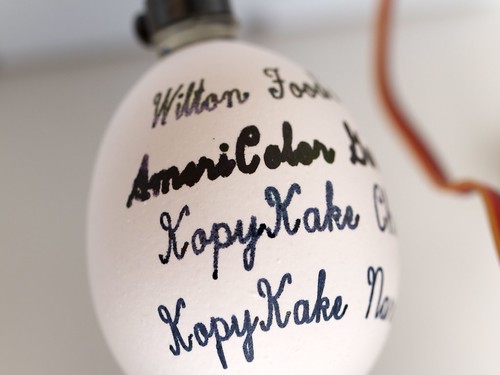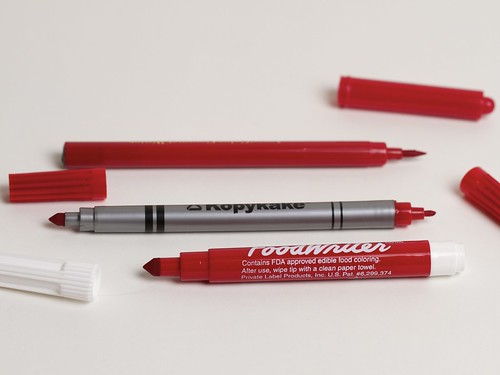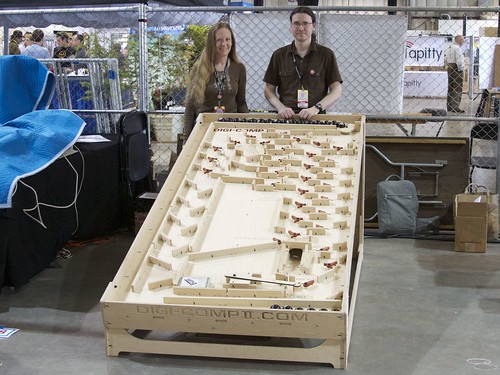
This weekend is the
2011 Bay Area Maker Faire, one of our favorite events of the year. This is our
tenth Maker Faire, and we’ve created something very special to bring to the event: A modern recreation of the Digi-Comp II, in larger-than-life scale.
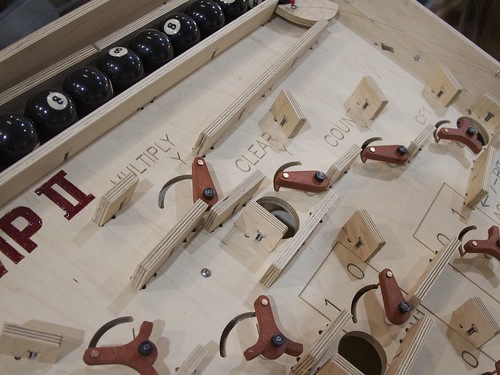
The Digi-Comp II is a classic 1960’s educational computer kit. It’s a fully functional binary digital mechanical computer, capable of conducting basic operations like adding, multiplying, subtracting, dividing, counting, and so forth.
Coolest of all, these operations are all conducted by the action of marbles rolling down a slope, directed by mechanical switches and flip flops, and all powered by gravity.
Most calculations are semi-automatic. For example, once you enter two numbers that you wish to multiply together (and set the appropriate configuration switches), you pull the start lever to release the first marble. Running the full calculation can take quite a few marbles. But, once the first ball makes its way through to the bottom, it releases the next ball from the top, and so on, until the calculation is complete– at which point it stops.
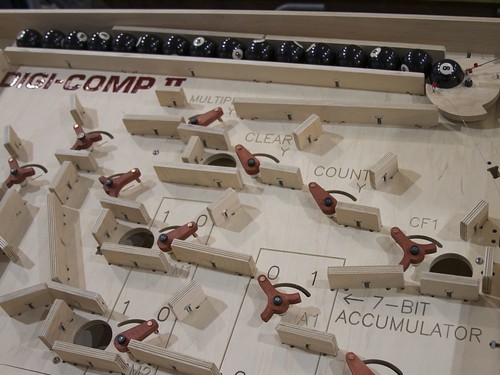
The original Digi-Comp II used 1/2″ diameter marbles.
For our “larger than life” model at Maker Faire, we’ve scaled it up to use billiard balls (specifically, 2 1/4″ diameter 8-balls). The overall size of the top deck of the machine is just under 4×8 feet. It’s made of CNC-routed plywood, and is sturdy enough that it might make a good museum exhibit someday.
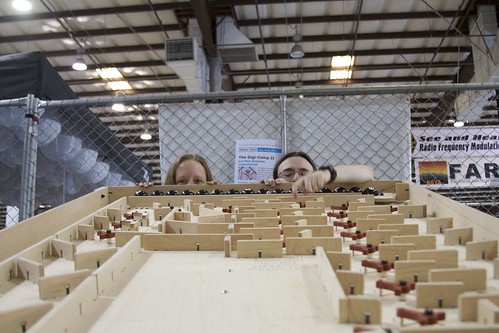
You can see additional photos of the Digi-Comp II in our
photo set on flickr. We’ve also written up another blog post showing a video of our giant Digi-Comp II operating.
We are also pleased to announce that we are now planning to release a new kit version of the Digi-Comp II, at the original tabletop scale, perhaps as soon as this summer. Stay tuned for updates at digi-compii.com.
Some additional links that may be of interest:
- The Friends of DigiComp group on Yahoo, whose members provided crucial photos and scans of the original Digi-Comp II, along with its documentation. This project would not have been possible without their help.
- “How can they learn?“, an article by Jack Crenshaw in EEtimes, about the educational value of mechanical computers including the Digi-Comp II
- “My first computer – the Digi-Comp II“, an article by Joshua S. Levine
- The Digi-Comp I, predecessor to the Digi-Comp II, available as a reproduction kit from Minds-On Toys.




